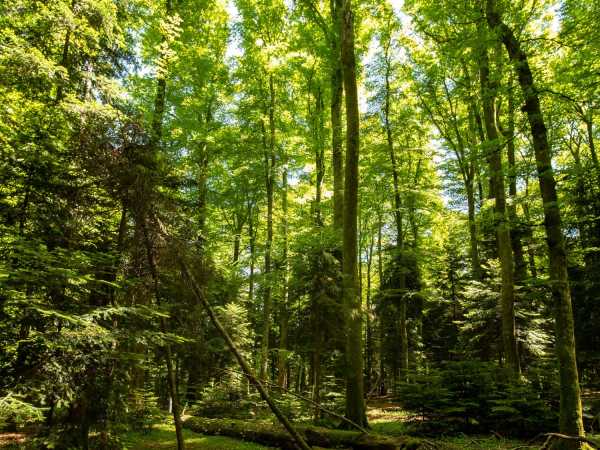Climate Change and Forest Regeneration
How important are the smallest of trees, tiny seeds and seedlings, for the responses of forests to climate change? A current focus in our group is exploring how tree species differ in their climatic sensitivities and biotic interactions at juvenile stages in ways that influence tree population dynamics, and ultimately, forest community turnover. We are using greenhouse experiments and lab measurements (anatomical and physiological) to assess the sensitivity of temperate tree seedlings to drought, heat and frosts, and the trait syndromes that are correlated with these sensitivities. We are also combining long-term regeneration monitoring data (in Swiss and US forests) to quantify masting patterns of seed production among co-occurring trees, and the implications for such «boom» and «bust» seed production cycles for seed predators and seedling regeneration.
Personnel: Emma Fryer, Eléonore Perret. Collaborators: Alana Chin, Jim Clark, Rubén Delgado Manzanedo, Elizabeth Wolkovich
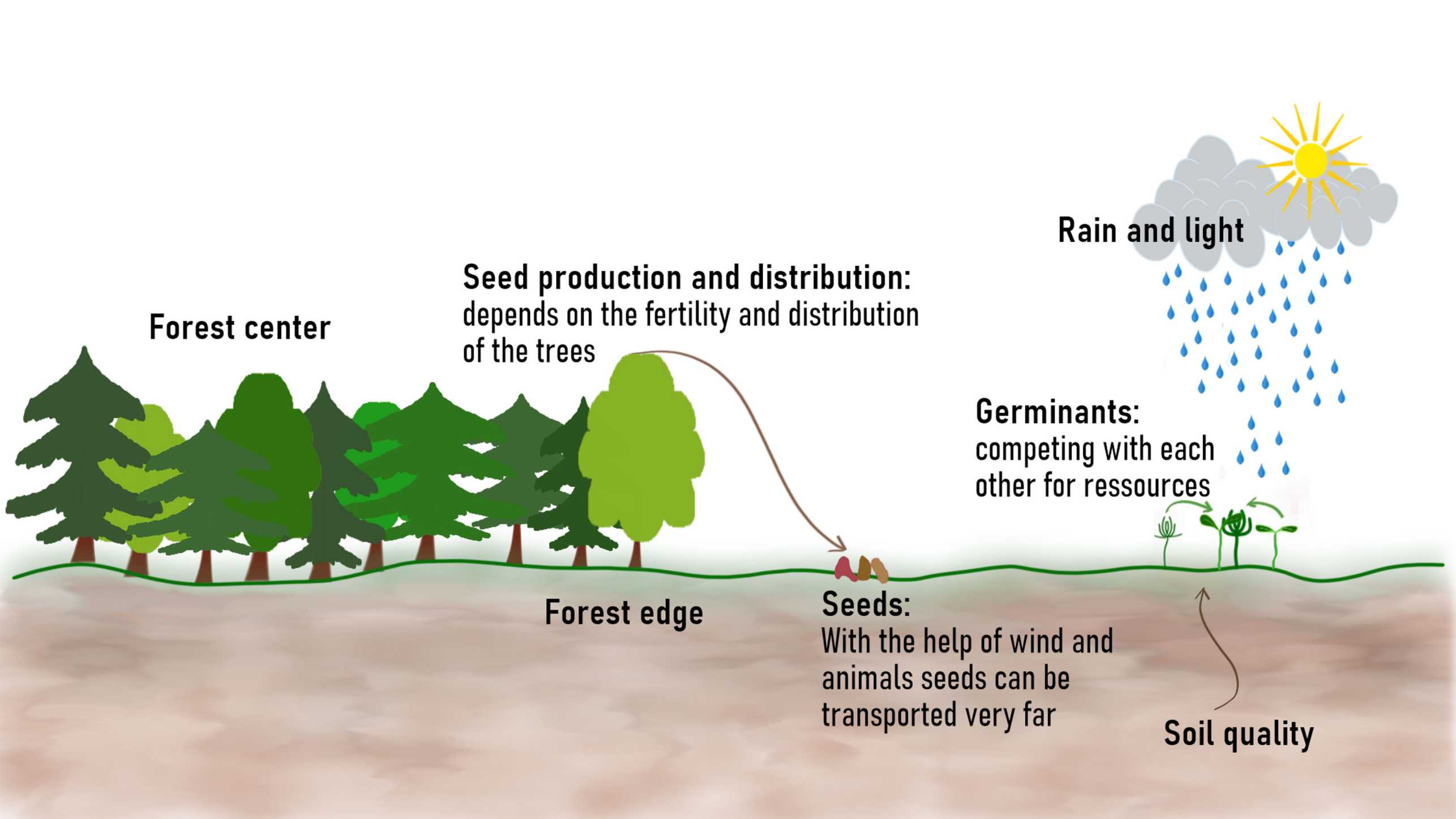
Forests are indispensable for all living creatures as they regulate the climate and provide habitat for all sorts of organisms. However, under changing climate conditions it is uncertain how current forests will develop in the course of time.
To find out how forests are best protected and sustainably managed in future, we investigate in collaboration with the Federal Research Institute for Forest, Snow and Landscape (WSL) how forests regenerate and turnover with climate change. More precisely, we explore under which global and local climate conditions different tree species are able to expand and conquer new habitats.
Generally, seedlings grow better with brighter conditions, i.e. on places where the foliage of trees is less dense. In direct sunlight it is also mostly warmer. However, not only light and temperature play an important role, but also soil moisture. Soil moisture is in turn strongly linked to local temperature and soil quality, implying that these factors are all strongly entangled. As a consequence, global climate change also affects the environmental conditions found immediately around a seedling. How a tree reacts to such changes depends strongly on tree species and age (seedling vs. adult).
Methods
In order to better understand how these factors interact and influence the establishment of young trees as well as the tree species composition in the forest, we monitor seedling growth on a specially defined research area. Here, we measure the height of all tree seedlings, determine their identity, and count the individuals. With the help of so-called seed traps (made out of baskets lined with a fine net) we also collect the seeds of the surrounding trees, count them and determine their species. Long-term measurements of soil moisture, light conditions, snow cover as well as soil and air temperature provide information about the immediate climate conditions the seedlings experience.
The project is established on 12 sites of the 19 research plots of the external page Longterm Forest Ecology research project (LWF) coordinated by the Federal Research Institute for Forest, Snow and Landscape (WSL). The sites researched are distributed along a climatic and altitudinal gradient across entire Switzerland and cover different climatic conditions between 500 and 2000 m.a.s.l.
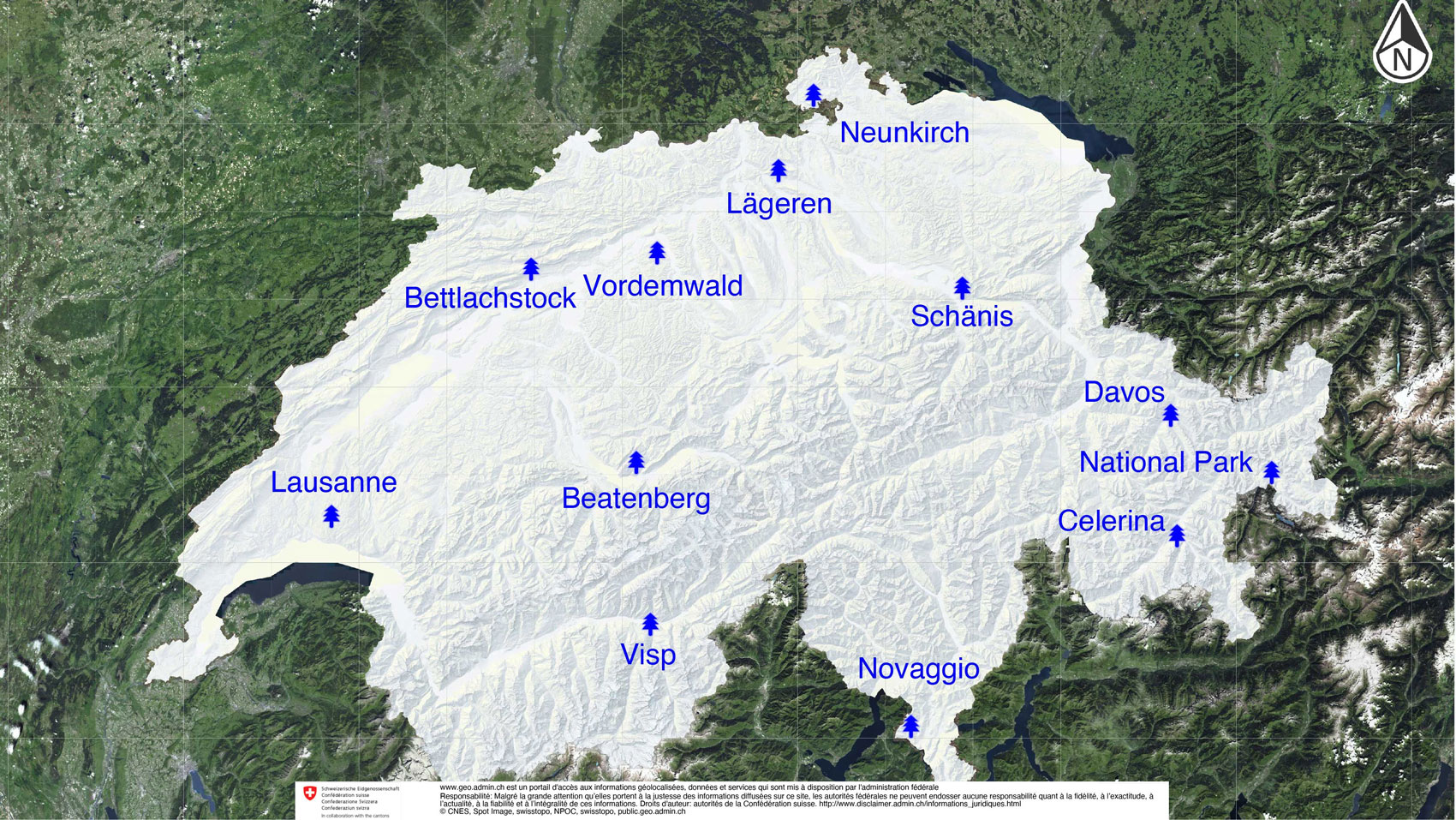
Image Gallery
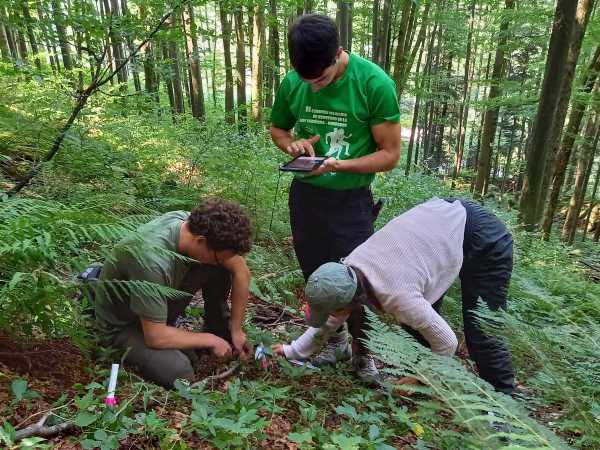 A scientist measuring the height of a seedling. (IBZ Plant Ecology/Sabine Flury)
A scientist measuring the height of a seedling. (IBZ Plant Ecology/Sabine Flury)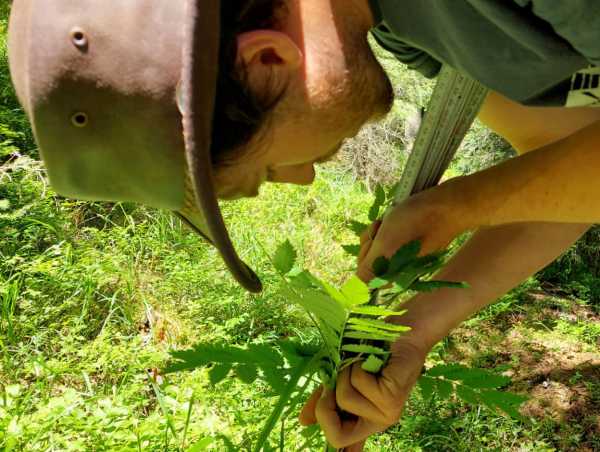 An example of a silver fir (Abies alba) seedling, approximately 2 months old, in comparison to a slug. (IBZ Plant Ecology/Sabine Flury)
An example of a silver fir (Abies alba) seedling, approximately 2 months old, in comparison to a slug. (IBZ Plant Ecology/Sabine Flury)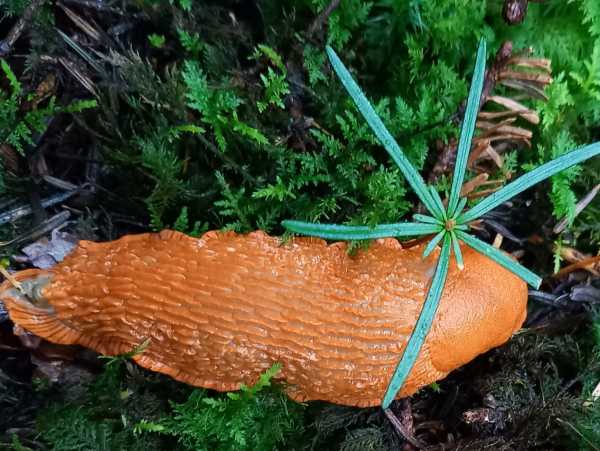 Erica in the Swiss Nationalpark. (IBZ Plant Ecology/Sabine Flury)
Erica in the Swiss Nationalpark. (IBZ Plant Ecology/Sabine Flury)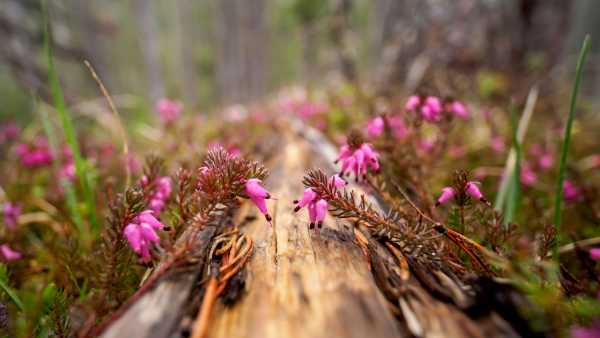 Mounting seed traps. (IBZ Plant Ecology/Sabine Flury)
Mounting seed traps. (IBZ Plant Ecology/Sabine Flury)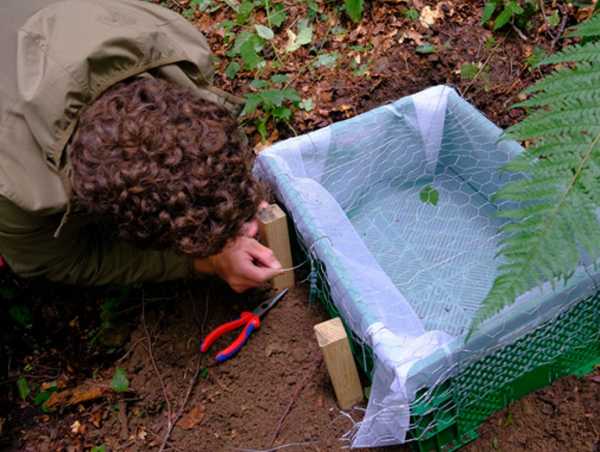 Impression from the forest site in Lausanne. (IBZ Plant Ecology/Sabine Flury)
Impression from the forest site in Lausanne. (IBZ Plant Ecology/Sabine Flury)